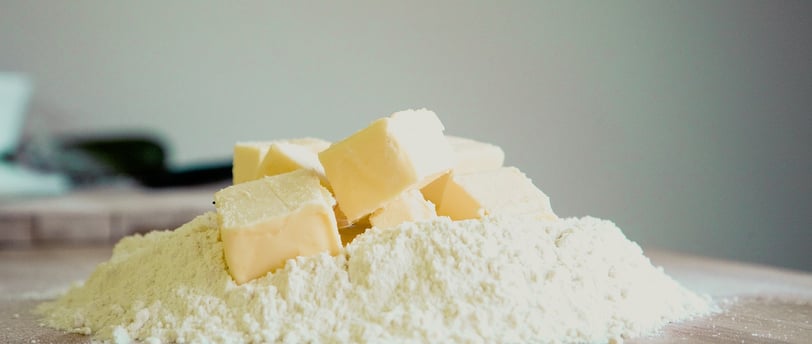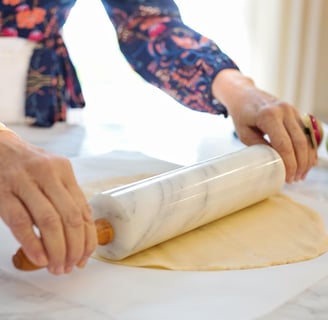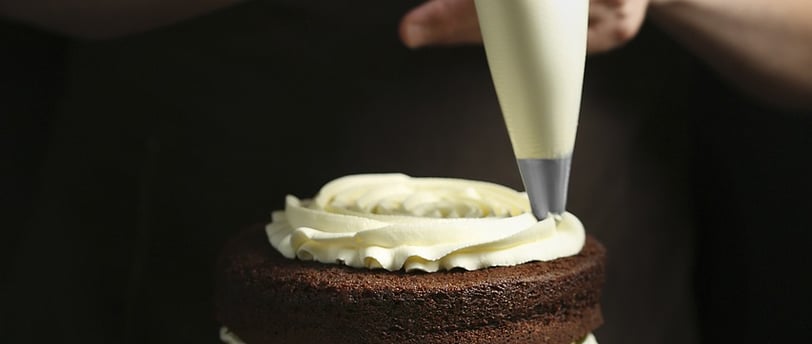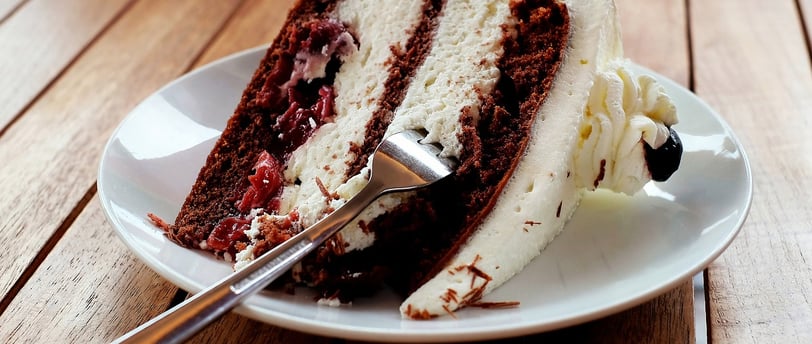How to Bake a Cake: Step-by-Step Guide for Perfect Results Every Time
How to bake a cake. Measuring accurately and following the baking process step by step ensures the final product is moist and evenly cooked. Anyone can learn to bake a cake by understanding these basics
FOODIE


Choosing the Right Flour
Flour type directly affects cake texture and structure. All-purpose flour contains moderate protein and suits most cakes, producing a balance between tenderness and strength. Cake flour, with lower protein and finer grains, creates lighter, softer cakes.
Using bread flour is not recommended, as its high protein content can make cakes dense and tough. Measuring flour correctly by spooning into the measuring cup and leveling off ensures consistent results.
For gluten-free options, blends designed for baking work best. They should include xanthan gum or similar stabilizers to mimic gluten’s effect on cake elasticity and rise.
Understanding Baking Powder and Baking Soda
Baking powder and baking soda are both leavening agents but function differently. Baking soda requires acidic ingredients (like buttermilk or lemon juice) to activate and release carbon dioxide, helping the cake rise.
Baking powder contains both acid and base components, activating in two stages—when wet and when heated—making it more versatile in many recipes. Using too much baking soda can cause a metallic taste, while too little prevents proper rising.
It's important to use fresh leavening agents; expired baking powder or soda loses effectiveness, resulting in flat cakes. Testing freshness involves adding a small amount to warm water to see if it bubbles immediately.
Selecting Quality Eggs and Dairy
Eggs contribute to structure, moisture, and richness. Fresh, large eggs at room temperature mix better and create more stable emulsions with fats and liquids.
Dairy products such as milk, buttermilk, or cream provide moisture and tenderness. Buttermilk’s acidity helps activate baking soda and adds a subtle tang.
Substituting non-dairy milk like almond or soy changes moisture content and acidity, potentially affecting texture. Using full-fat dairy enhances flavor and crumb but can be adjusted for lower-fat options when required.
Must-Have Baking Tools
Essential baking tools include a reliable oven thermometer to ensure accurate temperatures, preventing undercooked or burnt cakes.
Measuring cups and spoons should be precise and dedicated strictly to baking for accuracy. A kitchen scale provides the most accurate measurements, improving consistency.
Mixing bowls of various sizes, a hand mixer or stand mixer, and a rubber spatula are necessary for proper mixing and scraping batter.
Cake pans should be of the right size and material—light-colored aluminum pans heat evenly and produce consistent results. Nonstick or silicone pans aid in easy cake removal. Cooling racks help air circulate around cakes to cool evenly.
Step-By-Step Baking Process
Baking a cake involves precise measurements, careful mixing, and controlled oven temperatures. The process includes preparing the batter, assembling the layers, baking at the right time, and finishing with proper cooling and frosting techniques.






Preparing Cake Batter
The first step is to gather all ingredients measured accurately, including flour, sugar, eggs, butter, and leavening agents like baking powder. Ingredients should be at room temperature to ensure even mixing.
Cream the butter and sugar until light and fluffy. This introduces air, which helps the cake rise. Add eggs one at a time, mixing well after each addition to maintain texture.
Dry ingredients should be sifted together to remove lumps and evenly distribute baking powder. Alternate adding the dry ingredients and liquids, such as milk, to the creamy mixture while mixing gently. Over-mixing can toughen the batter.
Layering and Shaping the Cake
Grease and flour cake pans evenly or line them with parchment paper to prevent sticking. Pour the batter into pans, filling each about two-thirds full to allow room to rise.
Smooth the surface with a spatula for even layering. If making multiple layers, ensure consistent thickness by weighing the batter or leveling with a knife.
Tapping the pans lightly on the counter removes large air bubbles. For shaped cakes, use molds designed for the shape, and adjust baking times accordingly.
Baking and Testing for Doneness
Preheat the oven to the exact temperature, usually between 325°F and 350°F (163°C–177°C). Place the pans in the center rack to promote even heat distribution.
Bake until the top is golden and a toothpick inserted in the center comes out clean. Start testing five minutes before the minimum recommended baking time to avoid overbaking.
Avoid opening the oven door frequently to maintain temperature stability. Rotate pans halfway through baking only if the oven has hot spots.
Cooling and Frosting the Cake
Let the cake cool in the pan for 10-15 minutes to firm up. Remove the cake and place it on a wire rack for complete cooling to prevent sogginess.
Once completely cool, level the tops if needed with a serrated knife for even stacking. Apply a crumb coat to seal in crumbs before the final layer of frosting or icing.
Use a spatula or piping bag for smooth application. Refrigerate the cake after frosting to set the layers and improve texture before serving.
Baking a cake begins with gathering simple ingredients like flour, sugar, eggs, butter, baking powder, and milk. The key to a good cake is mixing these ingredients properly and baking them at the right temperature for the correct amount of time.
Measuring accurately and following the baking process step by step ensures the final product is moist and evenly cooked. Anyone can learn to bake a cake by understanding these basics and practicing attention to detail.
With these straightforward steps, baking a cake becomes manageable and rewarding, even for beginners. This article will guide through the essential points to make the process clear and approachable.
Essential Ingredients and Equipment
Baking a cake requires specific ingredients and tools to ensure the best texture and flavor. Precise choices in flour, leavening agents, eggs, and dairy, combined with the right tools, form the foundation of successful baking.
